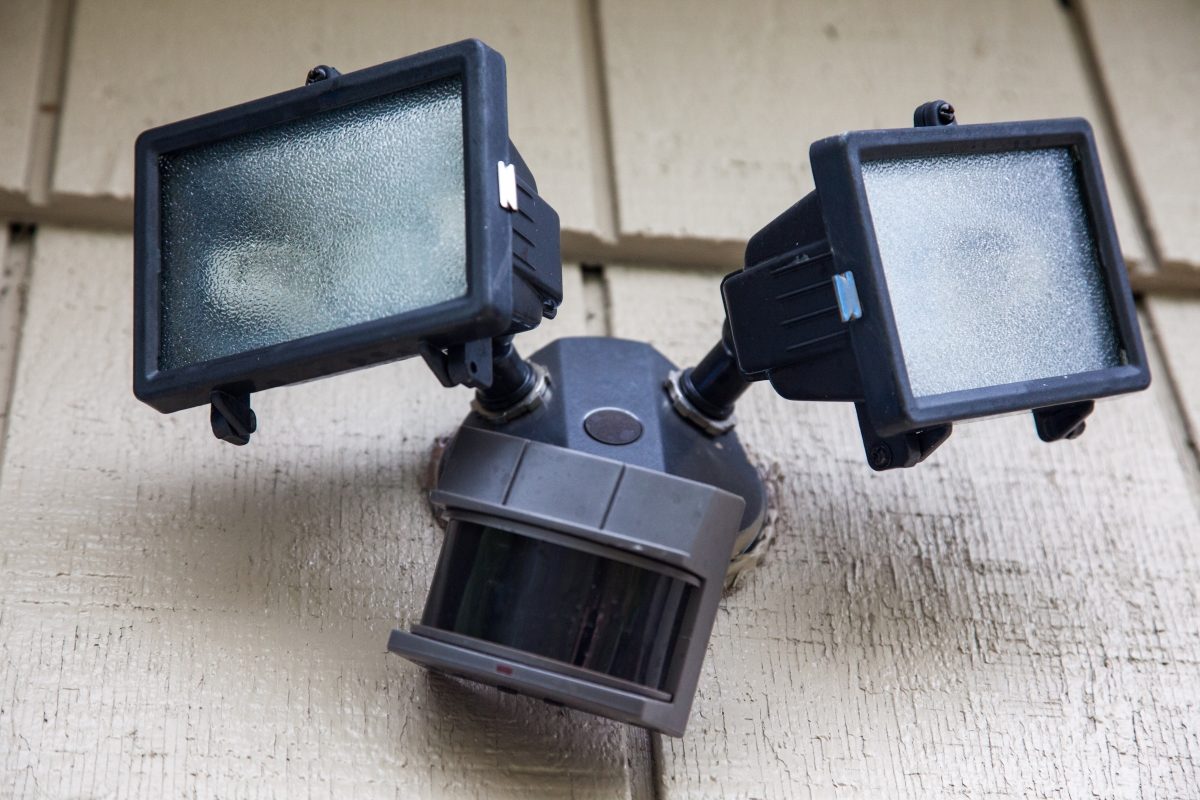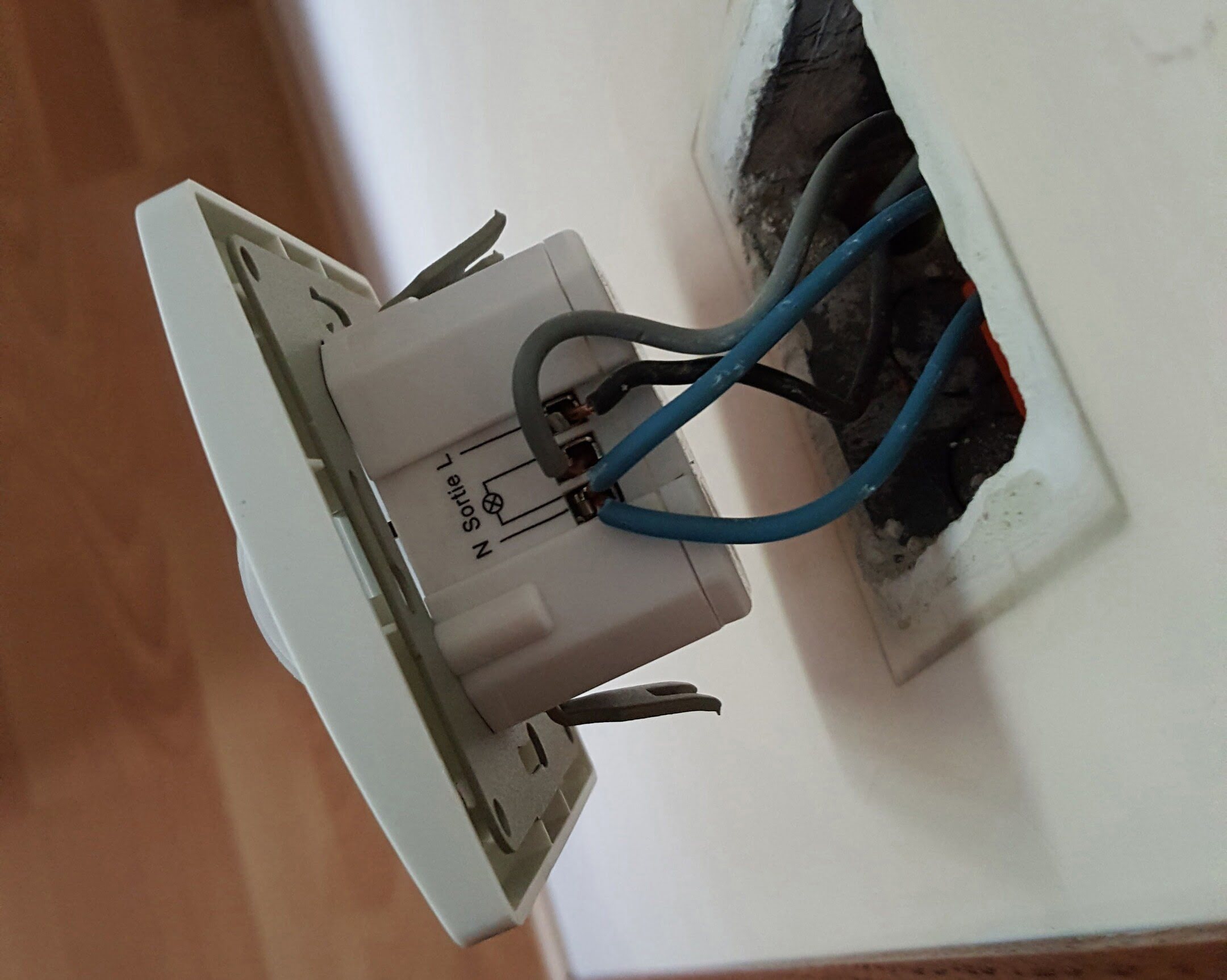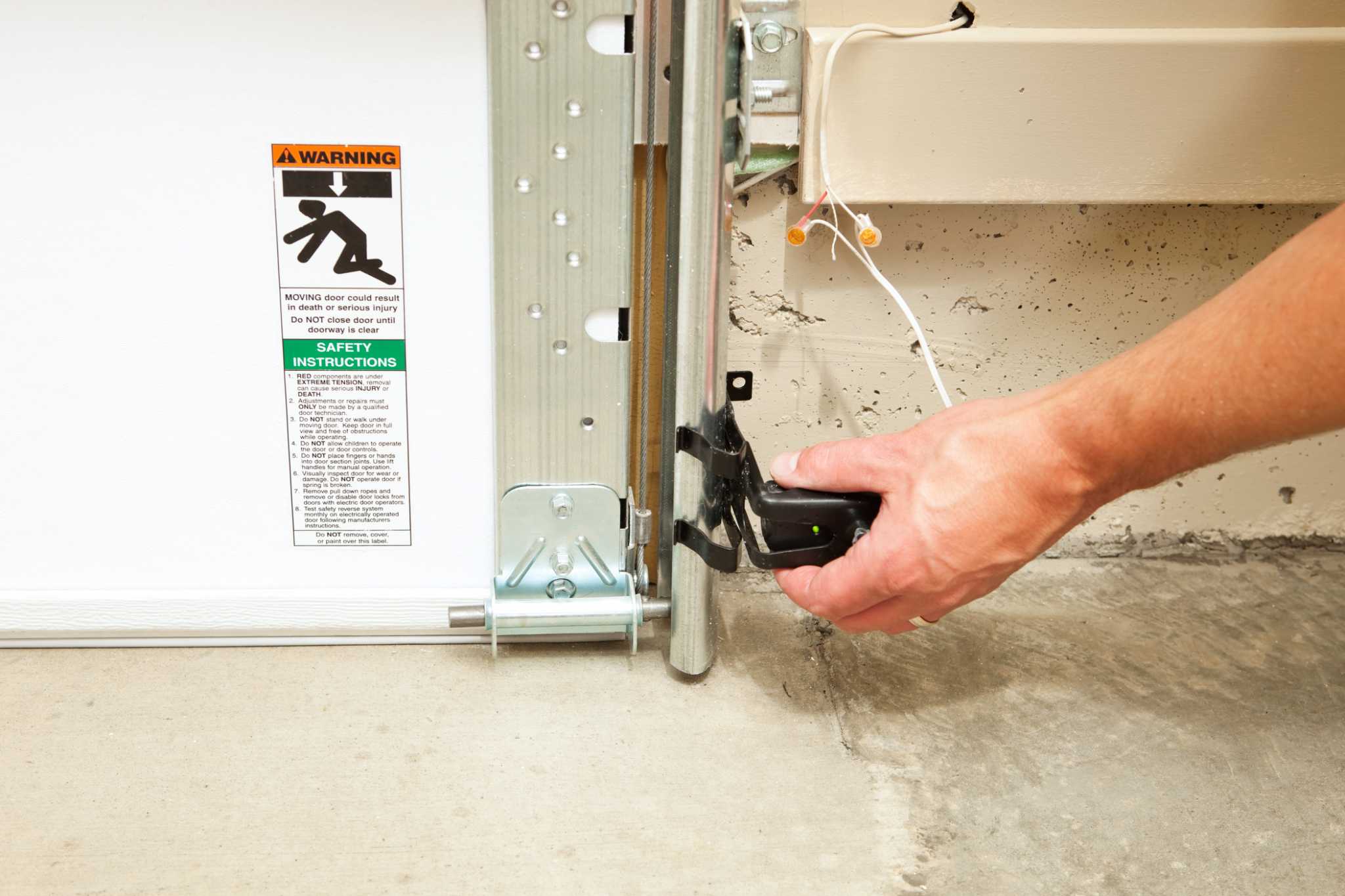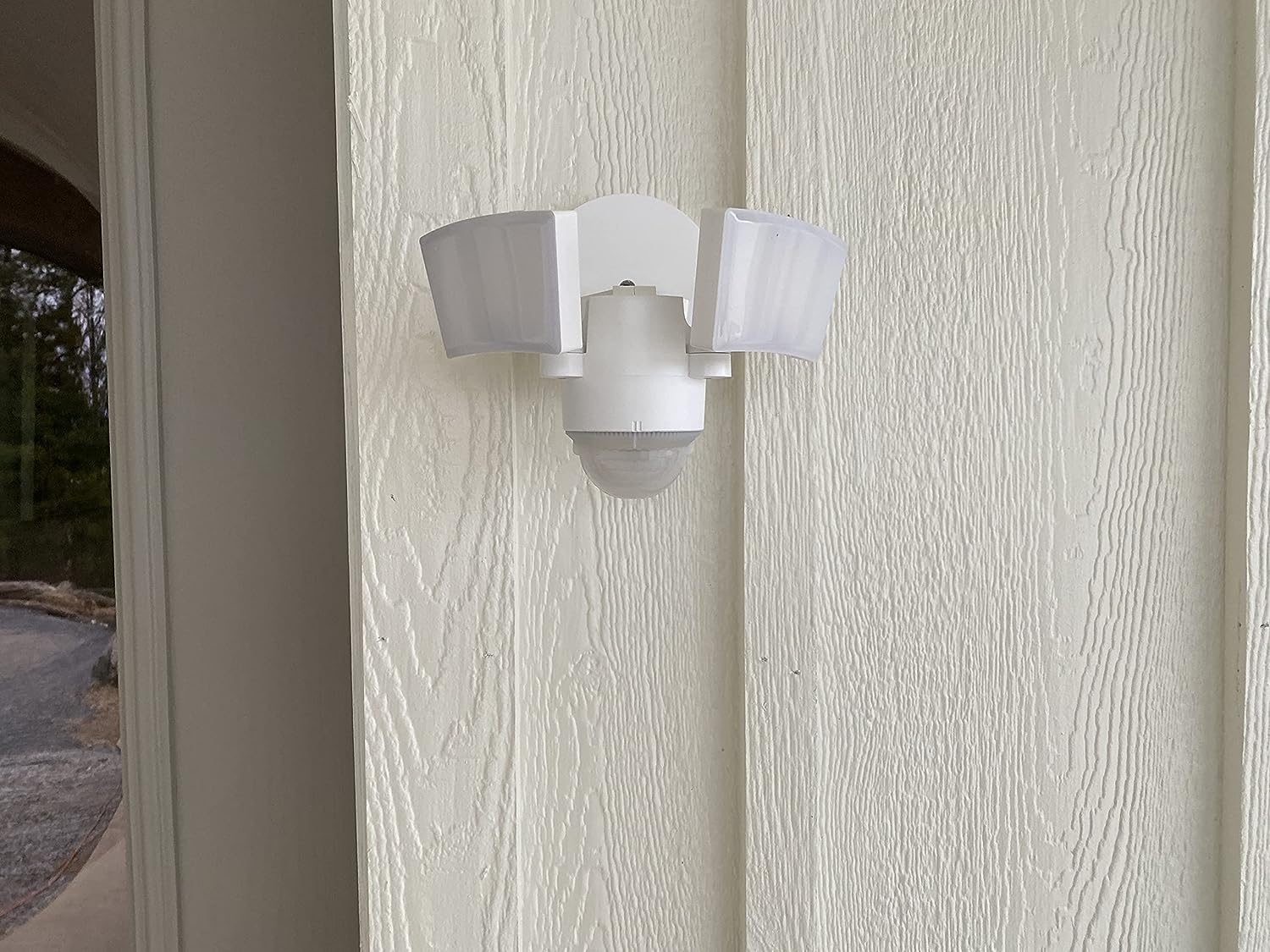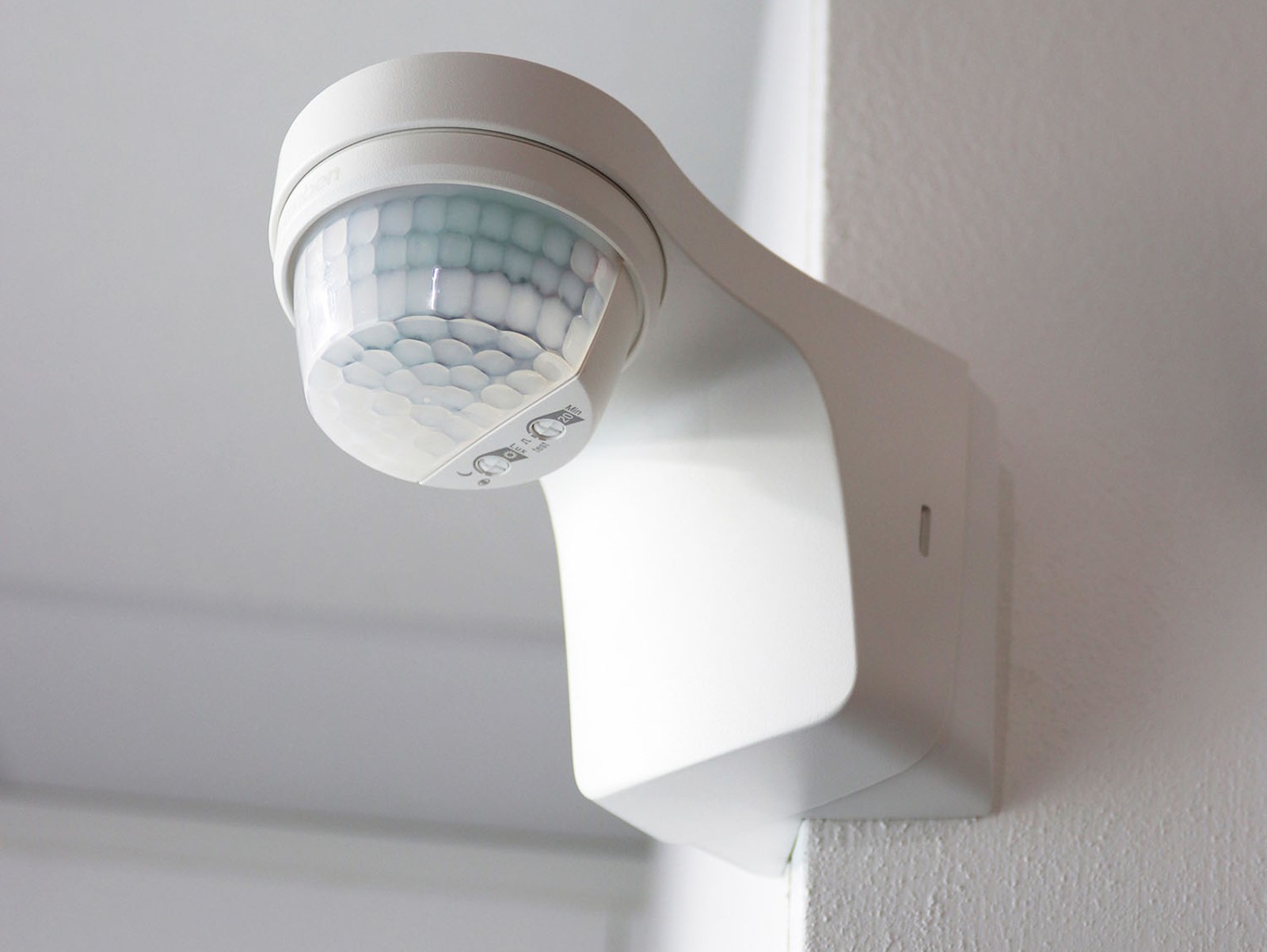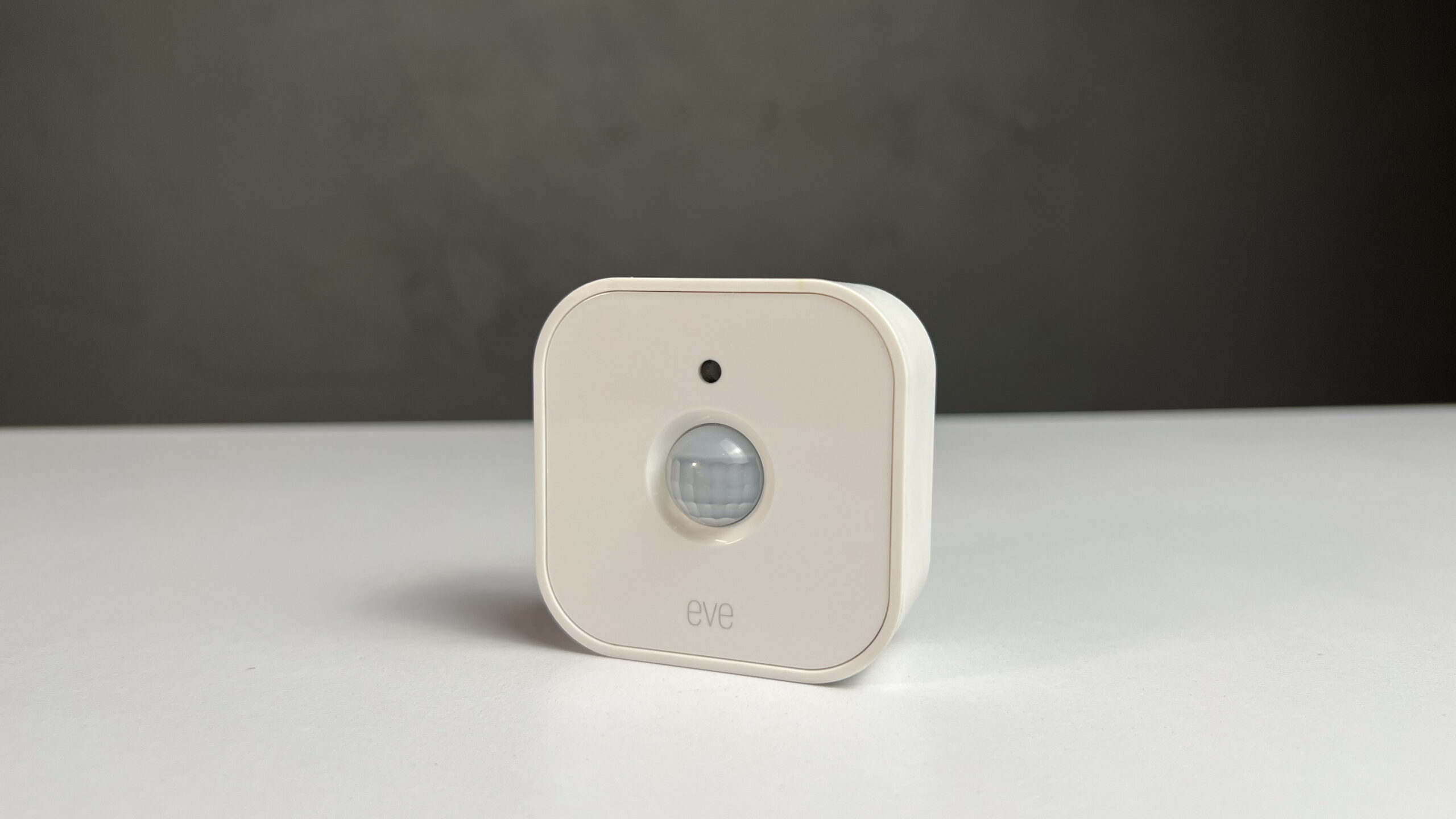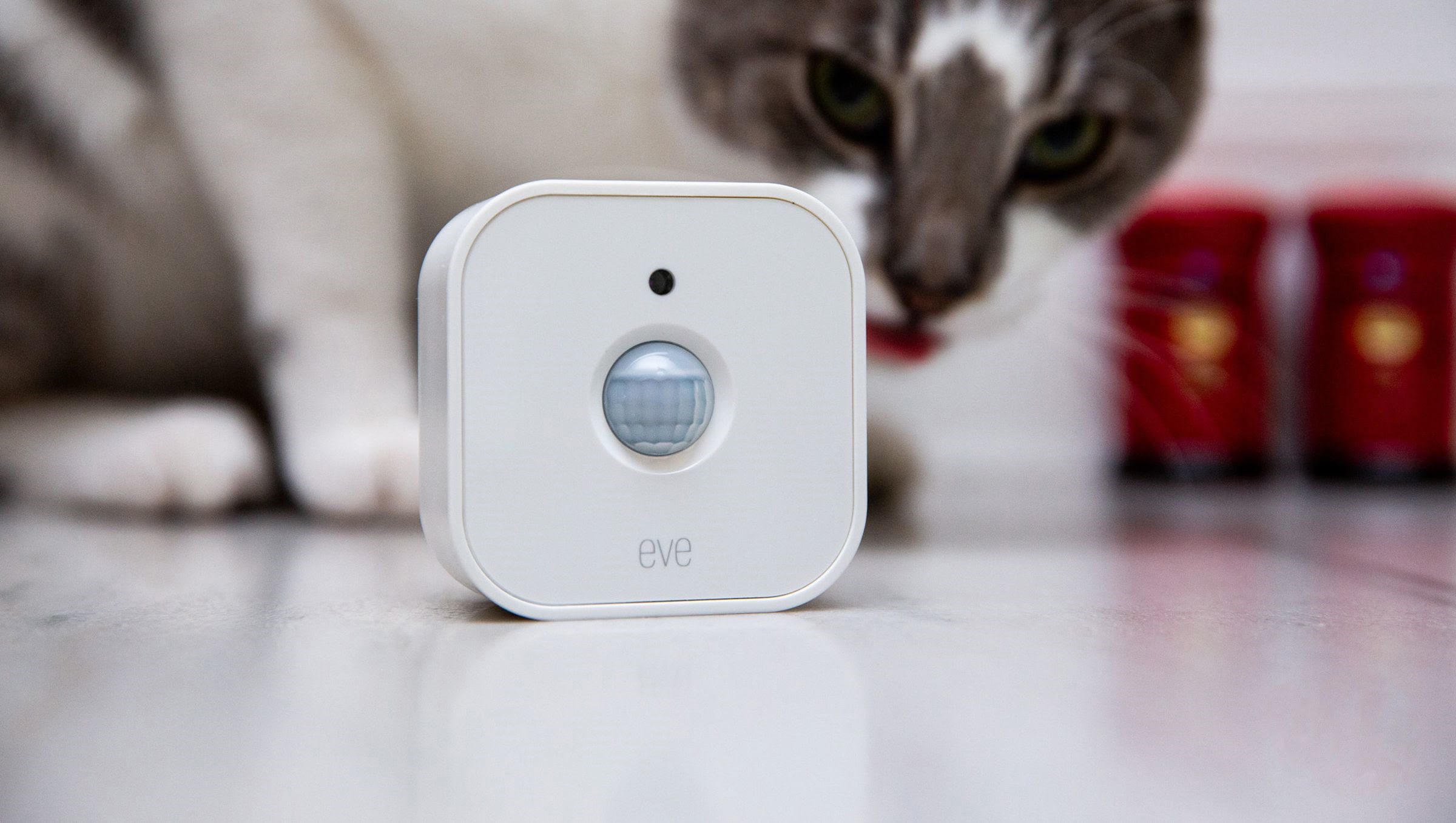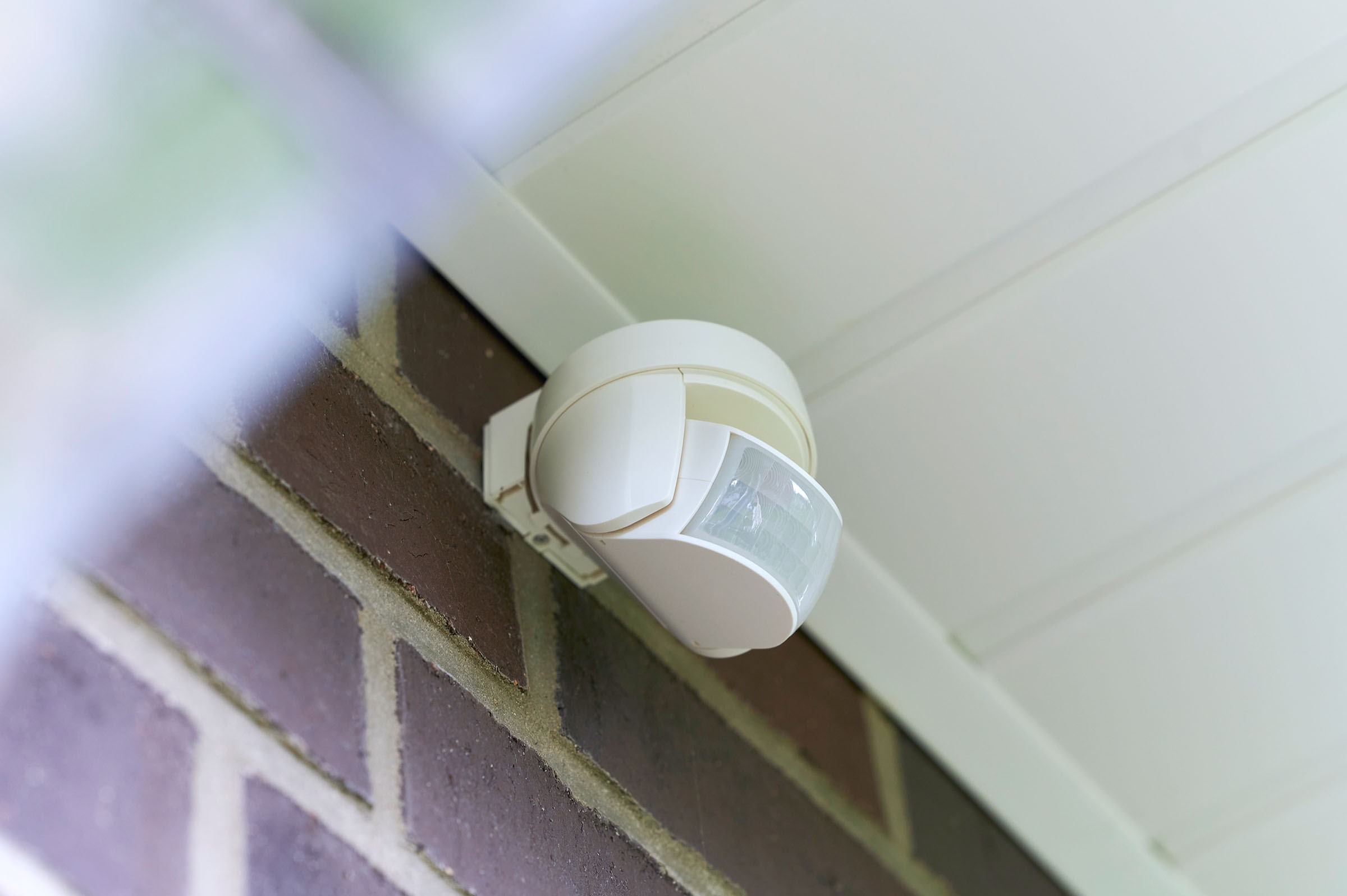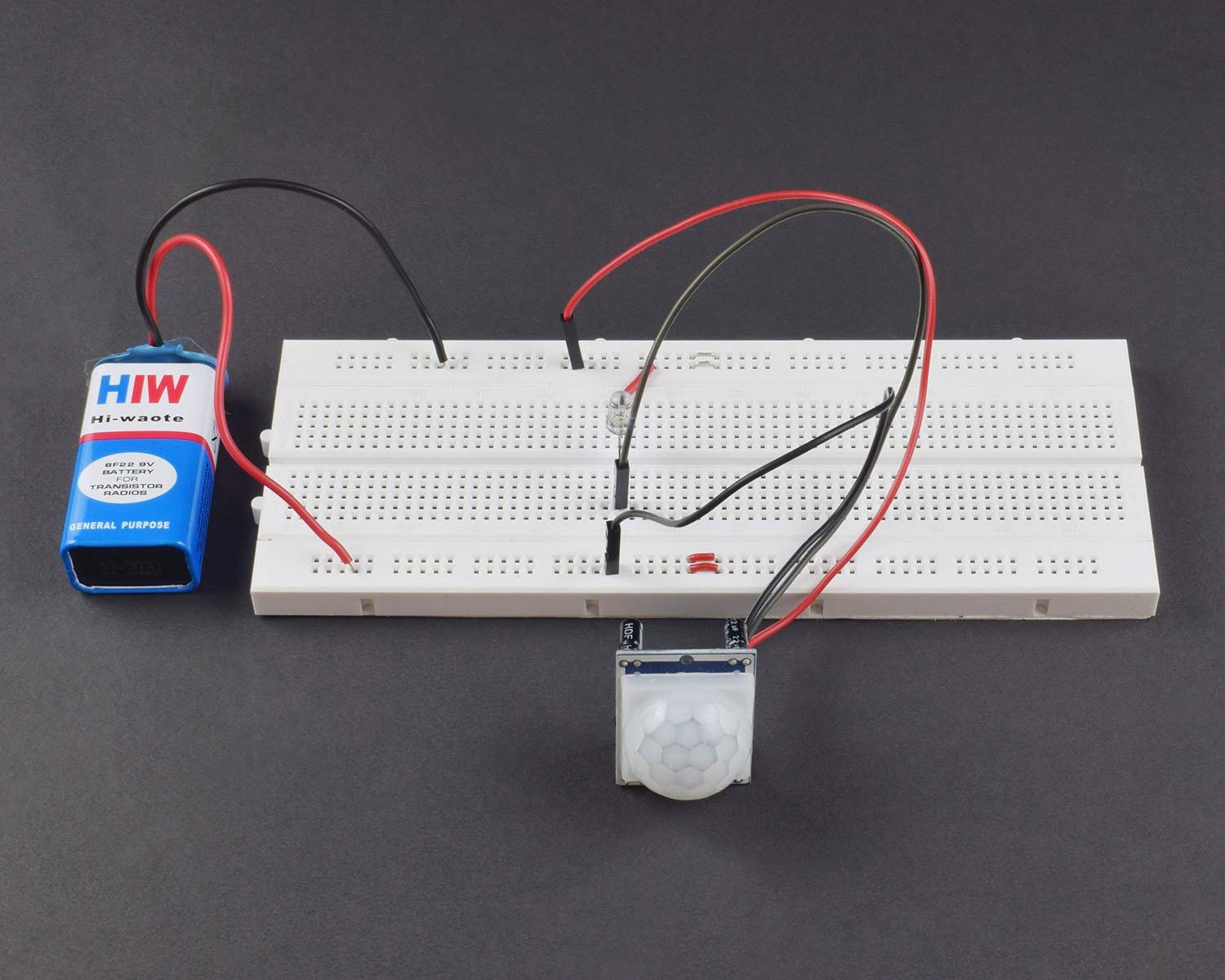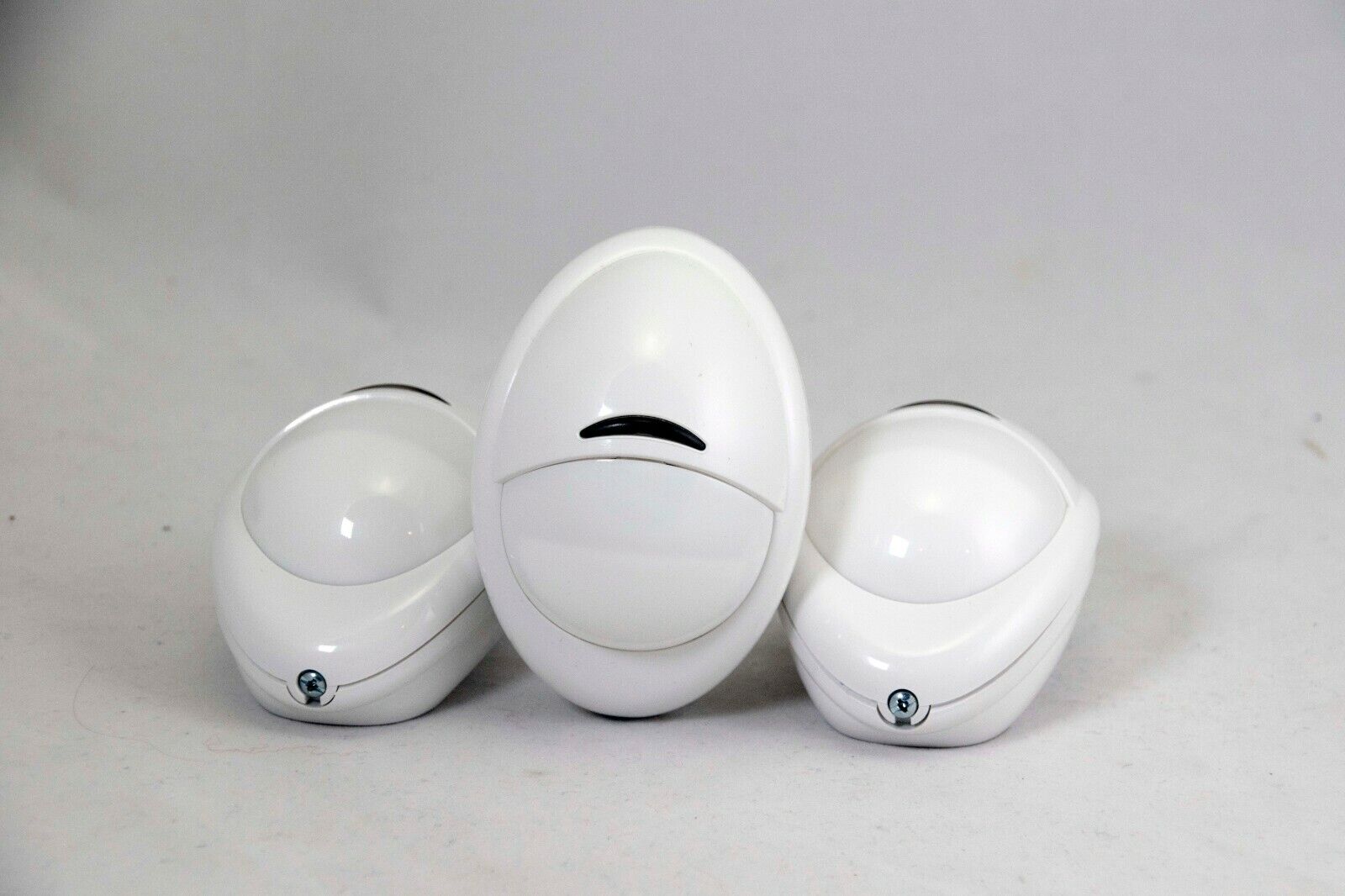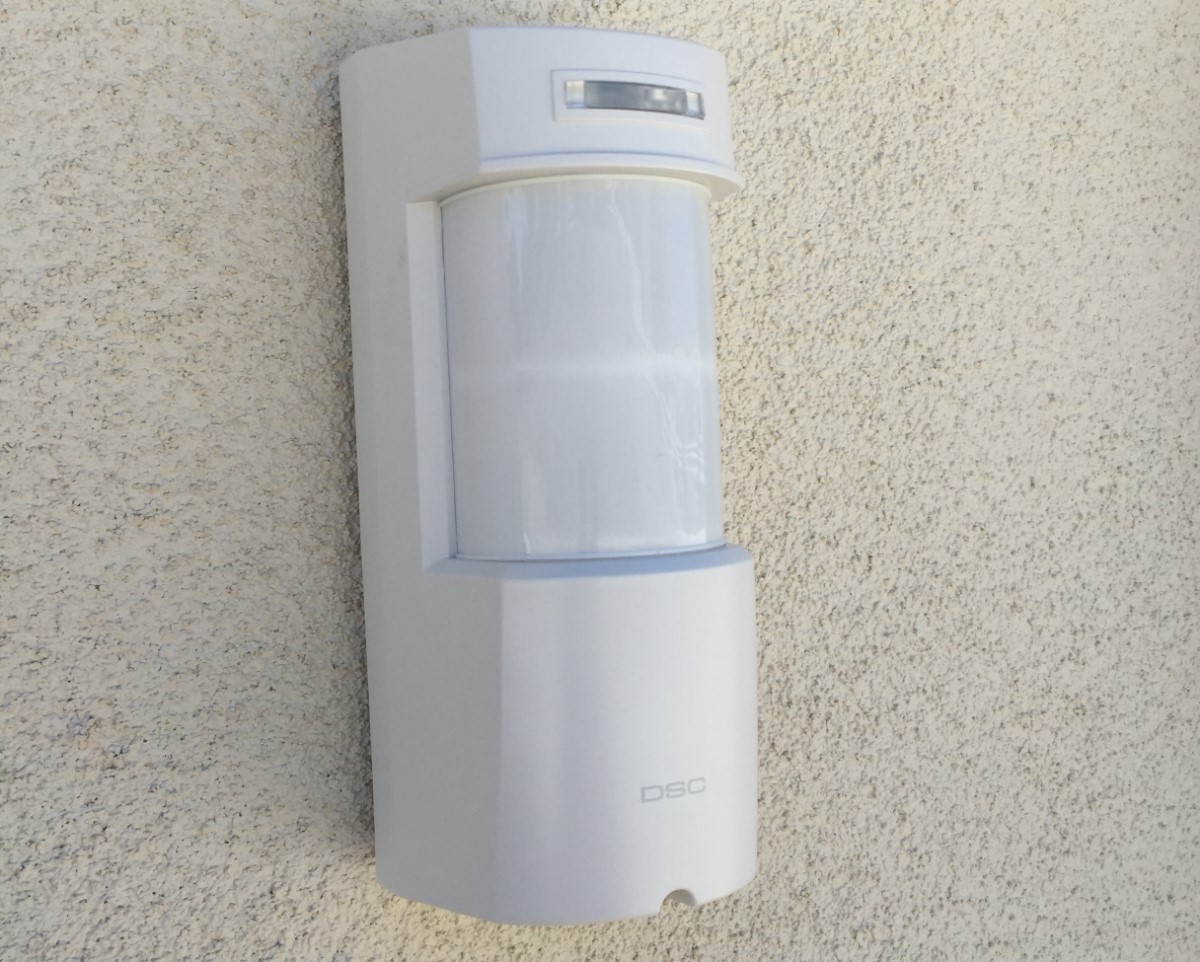Home>Home Security and Surveillance>How To Open A Motion Detector
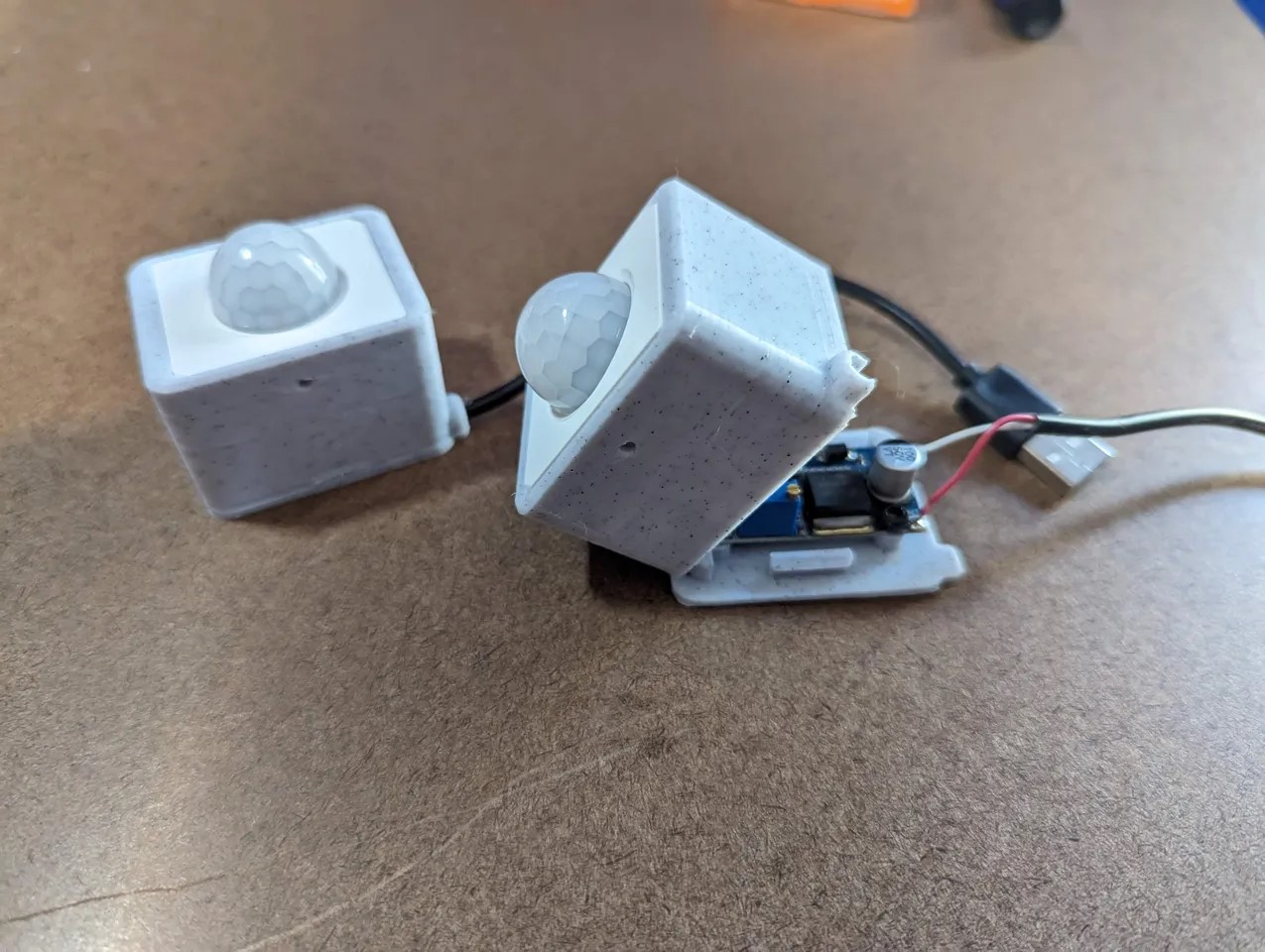

Home Security and Surveillance
How To Open A Motion Detector
Modified: March 6, 2024
Learn how to open a motion detector for your home security and surveillance system. Step-by-step instructions to access and maintain your device.
(Many of the links in this article redirect to a specific reviewed product. Your purchase of these products through affiliate links helps to generate commission for Storables.com, at no extra cost. Learn more)
Introduction
Welcome to the world of home security and surveillance. In today’s modern society, it’s important to prioritize the safety and protection of our homes and loved ones. One of the most essential components of a comprehensive home security system is a motion detector. Motion detectors play a crucial role in detecting any movement or activity in and around your property and alerting you to potential threats.
In this article, we will dive deep into the world of motion detectors. We’ll explore how they work, the different types available, and their importance in maintaining a secure home environment. Additionally, we’ll provide you with step-by-step instructions on how to open a motion detector, along with some troubleshooting tips if you encounter any issues along the way.
So, sit back, relax, and let’s embark on this journey to unlock the secrets of motion detectors and empower ourselves with the knowledge to enhance our home security.
Key Takeaways:
- Motion detectors come in different types, such as PIR, microwave, and dual technology. They help keep homes safe by detecting movement and can even be used to control home devices for energy efficiency.
- When opening a motion detector, safety is key. Turn off the power, gather the right tools, and follow the manufacturer’s instructions. Troubleshooting tips can help address common issues and keep the detector working effectively.
Understanding Motion Detectors
Before we delve into the process of opening a motion detector, it’s crucial to understand how these devices work and the different types available. A motion detector is an electronic device that is designed to detect movement within its designated range.
There are three main types of motion detectors:
- Passive Infrared (PIR) Motion Detectors: These are the most common type of motion detectors used in residential settings. They work by detecting changes in heat patterns. When an intruder or object moves within the detector’s range, it senses the infrared radiation emitted by their body heat, triggering an alarm.
- Microwave Motion Detectors: These detectors emit microwaves and measure the reflected waves. When an object, such as a person, crosses the path of these microwaves, the detector registers the change and activates an alarm.
- Dual Technology Motion Detectors: As the name suggests, these detectors combine both PIR and microwave technologies. By using both heat and movement detection, they provide more accurate results and reduce the occurrence of false alarms.
Each type of motion detector has its advantages and limitations, and the choice depends on various factors such as the size of the area to be covered, the level of sensitivity required, and potential sources of false alarms.
It’s important to note that motion detectors are not solely used for security purposes. They can also be integrated with home automation systems to control lighting, heating, and other electronic devices, making your home more energy-efficient and convenient.
Now that we understand the basics of motion detectors, let’s move on to the next step: preparing to open the motion detector.
Preparing to Open the Motion Detector
Before you begin the process of opening a motion detector, there are a few important steps you need to follow to ensure your safety and the proper functioning of the device.
1. Power Off: The first and most important step is to turn off the power supply to the motion detector. This can usually be done by disconnecting the power source or flipping the corresponding circuit breaker. This step eliminates the risk of electric shock while working on the device.
2. Gather Tools: Gather the necessary tools required to open the motion detector. This may include a screwdriver, pliers, wire cutters, and a flashlight. It’s important to use the appropriate tools to avoid damaging the device or any components.
3. Read the Manual: Before proceeding, read the manufacturer’s manual or instructions for your specific motion detector model. This will provide you with valuable information on the proper procedure for opening and servicing the device, as well as any specific precautions you need to take.
4. Personal Protective Equipment (PPE): It’s always a good idea to wear personal protective equipment such as gloves and safety goggles to protect yourself from any potential hazards or injuries.
5. Clear Workspace: Create a clear and well-lit workspace where you can safely handle the motion detector. Remove any clutter or obstructions that may impede your ability to work effectively.
By following these preparatory steps, you’ll ensure a smooth and safe process when opening your motion detector. Now, let’s move on to the next section: opening the motion detector.
When opening a motion detector, make sure to first disconnect the power source to avoid any electrical hazards. Then, carefully remove the cover using a screwdriver and follow the manufacturer’s instructions for accessing the internal components.
Opening the Motion Detector
Opening a motion detector requires careful attention to detail and following the manufacturer’s instructions specific to your model. Here is a general step-by-step guide to help you navigate the process:
- Locate the Screws: Examine the exterior of the motion detector to identify the screws that secure the casing. Typically, these screws are located on the back or underside of the device.
- Remove the Screws: Using the appropriate screwdriver, carefully remove the screws by turning them counterclockwise. Place the screws in a secure location so they don’t get lost.
- Separate the Casing: Gently pry open the motion detector casing using your fingers or a small tool, depending on the design of the device. Take your time to avoid damaging any internal components.
- Access the Internal Components: Once the casing is open, you will have access to the internal components of the motion detector. These may include the circuit board, sensors, wiring, and battery (if applicable).
- Follow Safety Precautions: If you are planning to work on the internal components, make sure to follow proper safety precautions. Avoid touching any exposed wiring or sensitive components without proper guidance or knowledge.
- Inspect for Damage or Issues: While the motion detector is open, take the opportunity to inspect the components for any signs of damage, loose connections, or dirt buildup. If you notice any issues, consult the manufacturer’s manual or seek professional assistance for repair or replacement.
- Close the Casing: Once you have completed any necessary inspections or maintenance, carefully reposition the casing of the motion detector. Align the screw holes and tighten the screws in a clockwise direction to secure the casing.
It’s important to note that every motion detector model may have slight variations in the process of opening and closing the device. Always refer to the manufacturer’s instructions for your specific model to ensure proper handling and avoid any voiding of warranties.
Now that you have successfully opened the motion detector, let’s move on to the final section: troubleshooting and tips.
Troubleshooting and Tips
While opening a motion detector, you may encounter certain issues or challenges. Here are some troubleshooting tips to help you navigate through common problems:
- No Power: If the motion detector doesn’t power on after opening, ensure that the power source is properly connected or replace the batteries if applicable. Check for any loose wires or connections that may be causing the issue.
- False Alarms: If your motion detector is triggering false alarms frequently, it could be due to environmental factors such as moving objects, animals, or changes in temperature. Adjust the sensitivity settings or consider adding barriers to reduce the chances of false alarms.
- Interference: Microwave motion detectors can be sensitive to certain household appliances or electronic devices that emit similar frequencies. Ensure that there are no devices nearby that may interfere with the detector’s functionality.
- Testing and Calibration: After opening the motion detector, it’s a good idea to test and calibrate the device to ensure it is functioning optimally. Follow the manufacturer’s instructions on how to conduct a proper test and make necessary adjustments.
- Cleaning and Maintenance: Over time, dust, dirt, and debris can accumulate inside the motion detector, affecting its performance. Use a soft brush or compressed air to gently clean the interior components to maintain optimal functionality.
Here are some additional tips to keep in mind when working with motion detectors:
- Handle with Care: Be gentle when opening and closing the motion detector to avoid causing any damage or misalignments.
- Document the Process: Take pictures or notes during the opening process to help you remember the proper steps when it’s time to reassemble the device.
- Professional Assistance: If you encounter complex issues or are unsure about handling certain components, it’s always recommended to seek professional assistance from a qualified technician.
By following these troubleshooting tips and best practices, you’ll be well-equipped to handle any issues that may arise and maintain the optimal performance of your motion detector.
Now, let’s wrap up our journey into the world of motion detectors with a concluding section.
Read more: How To Fix A Motion Detector
Conclusion
Congratulations! You have successfully explored the world of motion detectors and learned how to open these devices. Motion detectors are an integral part of home security systems, providing an added layer of protection by alerting you to any movement or activity in and around your property. By understanding how they work and following the proper procedures, you can ensure the optimal functioning of your motion detector and enhance the overall safety of your home.
We started by understanding the different types of motion detectors, including passive infrared (PIR) detectors, microwave detectors, and dual technology detectors. Each type has its own advantages and considerations, so it’s important to choose the one that best suits your needs.
We then discussed the essential steps to prepare for opening a motion detector, including turning off the power, gathering the necessary tools, and familiarizing yourself with the manufacturer’s instructions. Safety should always be a priority during this process.
With a clear understanding and careful preparation, we proceeded to the step-by-step process of opening a motion detector. It’s crucial to be gentle and follow the manufacturer’s instructions to avoid damaging any internal components.
We also explored troubleshooting tips to address common issues like false alarms, power problems, interference, and cleanliness. By properly maintaining and calibrating your motion detector, you can ensure its reliability and accuracy in detecting potential threats.
Remember, if you encounter complex issues or are unsure about any aspect of opening or servicing a motion detector, it’s always recommended to consult a professional for assistance.
Thank you for joining us on this journey into the world of motion detectors. By taking the necessary precautions and understanding how these devices operate, you can enjoy a safer and more secure living environment. Stay vigilant and protect what matters most!
Frequently Asked Questions about How To Open A Motion Detector
Was this page helpful?
At Storables.com, we guarantee accurate and reliable information. Our content, validated by Expert Board Contributors, is crafted following stringent Editorial Policies. We're committed to providing you with well-researched, expert-backed insights for all your informational needs.

